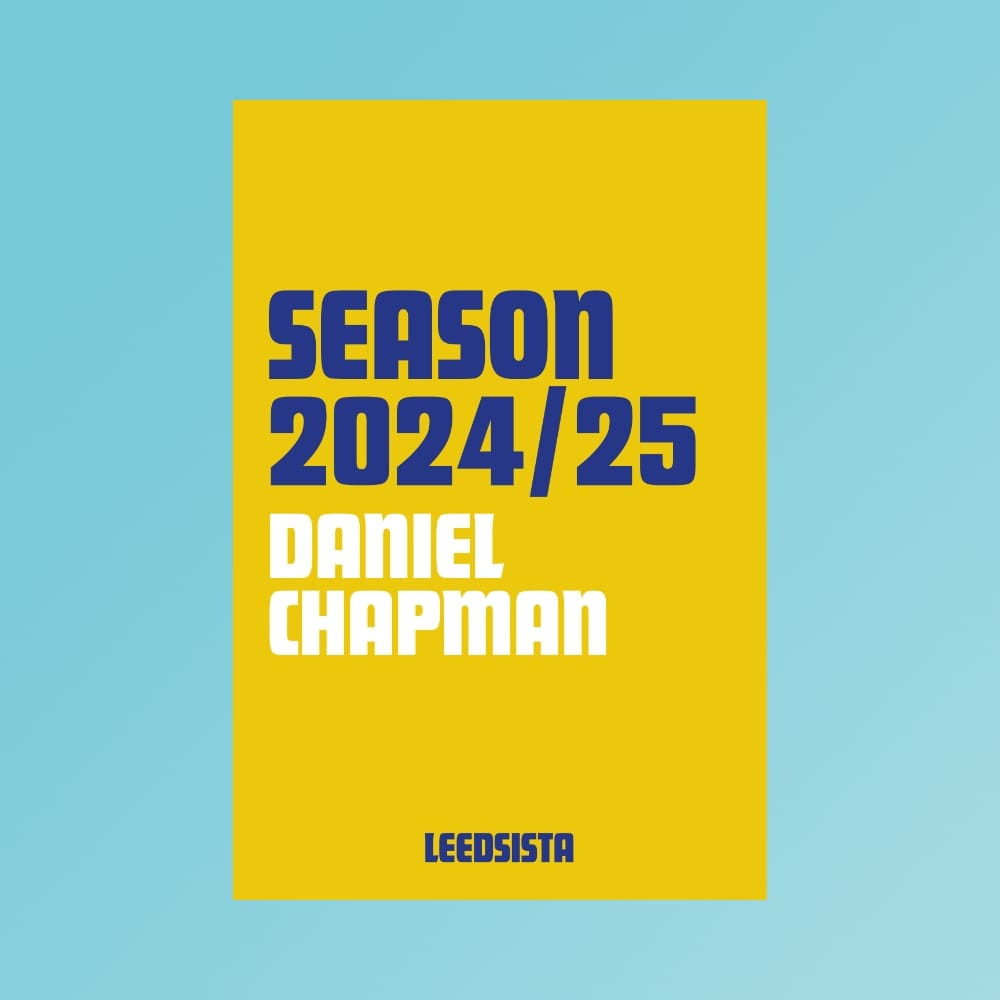Bruno Ribeiro ⭑ From A-Z since '92
Bruno Ribeiro took squad number 10 and took it back to its roots. His passing range, short stature and sharp tackling temper off the left were the nearest thing to a modern John Giles.
This is part of my (eight year long, it'll fly by) attempt to write about every Leeds United player since 1992. For more about why I'm doing this, go back to Aapo Halme, and to read all the players so far, browse the archive here.
Bruno Ribeiro's arrival at Elland Road was a sign that things were changing fast from the Howard Wilkinson era. Once upon a time, if managing director Bill Fotherby had a spare half-million in the bank, Wilkinson would scour the reserve teams of Sheffield looking for a bargain. Not any more. After Pierre Laurent from France in March, Bruno Ribeiro came from Vitória Setúbal in Portugal in the summer, and much was made of the fact that none of George Graham's eight signings since taking over were English. Admittedly two were Scottish, and the two Norwegians had been bought from Oldham and Nottingham Forest, but still.
Not everyone in football was on board, but this was how the Premier League was going. Wilkinson had, actually, been at the forefront by signing Eric Cantona, then Lucas Radebe and Phil Masinga directly from South African clubs and Ghanian Tony Yeboah from Germany. The Bosman ruling, allowing players to move freely at the end of their contracts, had made foreign players more affordable and Leeds were not alone in buying from places like, well, Greenock Morton. But that was Derek Lilley, from good Scottish stock, whereas Jimmy-Floyd Hasselbaink had cost four times as much from Boavista in Portugal, and on top of that he was Dutch and on top of that he was from Surinam. Where would it all end?
Leeds United's Championship winning season, game by game, as written at Leedsista.com.
This 350 page Royal format softback book compiles every match report and essay about the title-winning 2024/25 season so you can relive the anxiety, and the glory, game by game.
This is a pre-order, and I really appreciate anyone buying now so I can get the initial print numbers just right. The book has now gone to print and orders will be getting sent out as soon as they arrive. Thanks to everyone who has bought one so far!
Chelsea managing director Colin Hutchinson told the Mirror, "I don't think the day will ever arise when Chelsea don't field a single British player," but two-and-a-half years later Chelsea were the first Premier League team to do exactly that, starting at Southampton on Boxing Day without a British born player on the pitch and winning 2-1. Back in June 1997, Crystal Palace manager Steve Coppell was also telling the Mirror, "I don't want to end up with some mercenary who's just come over here for the money and doesn't have Palace's interests at heart. We have a very special spirit here and we can't let anything destroy that. The players we sign for Crystal Palace will be those we already know - British players." By March, his big August signing from Juventus, Attilio Lombardo, had taken Coppell's job, and was trying to get another new recruit, Tomas Brolin, to shake a leg.
Meanwhile, at Leeds, Jimmy Hasselbaink was proving a better investment than Derek Lilley, and Bruno Ribeiro was doing just fine. The story went that George Graham and his assistant David O'Leary had spotted him as a 21-year-old playing for Setúbal while they were scouting Hasselbaink, and decided he'd be a useful player for the future. He'd come through the ranks at Setúbal, where a certain Jose Mourinho was a youth coach, and some of his early appearances in the first team had been during a brief time in charge for their former player Felix Mourinho, Jose's father. Graham and O'Leary thought that, with his agent saying Benfica and Monaco were interested, Ribeiro was worth a punt at £500,000. After impressing in training and pre-season friendlies, and after Lee Sharpe's serious knee injury left a gap, he started 1997/98 in the first team.
To keep reading, please become a More to Read member
Leedsista is supported by Leeds fans who think decent writing about their football team is worth £3 a month.
